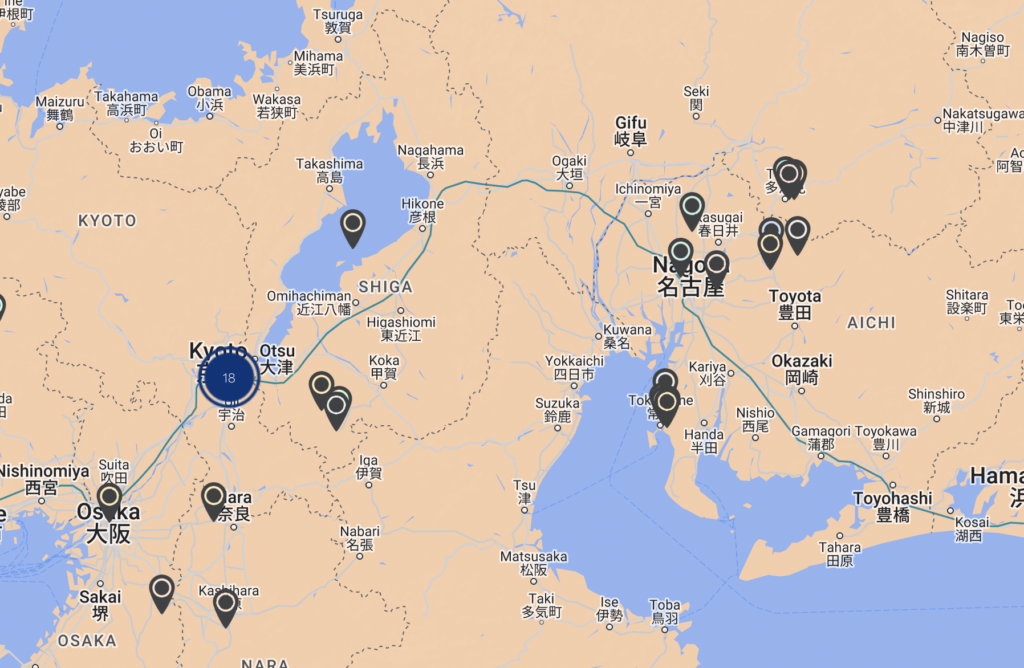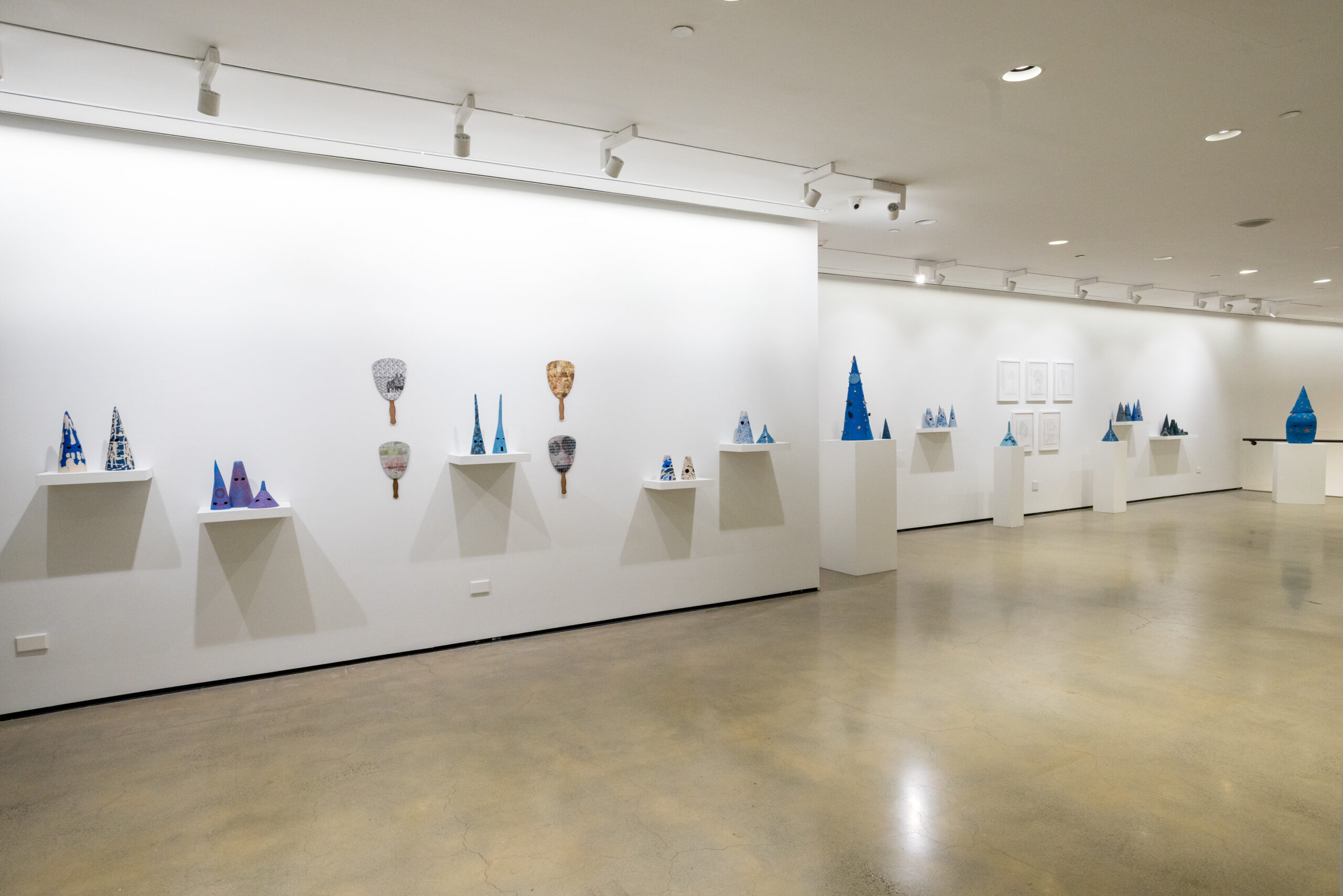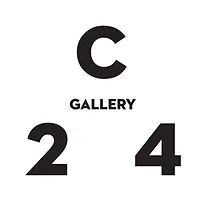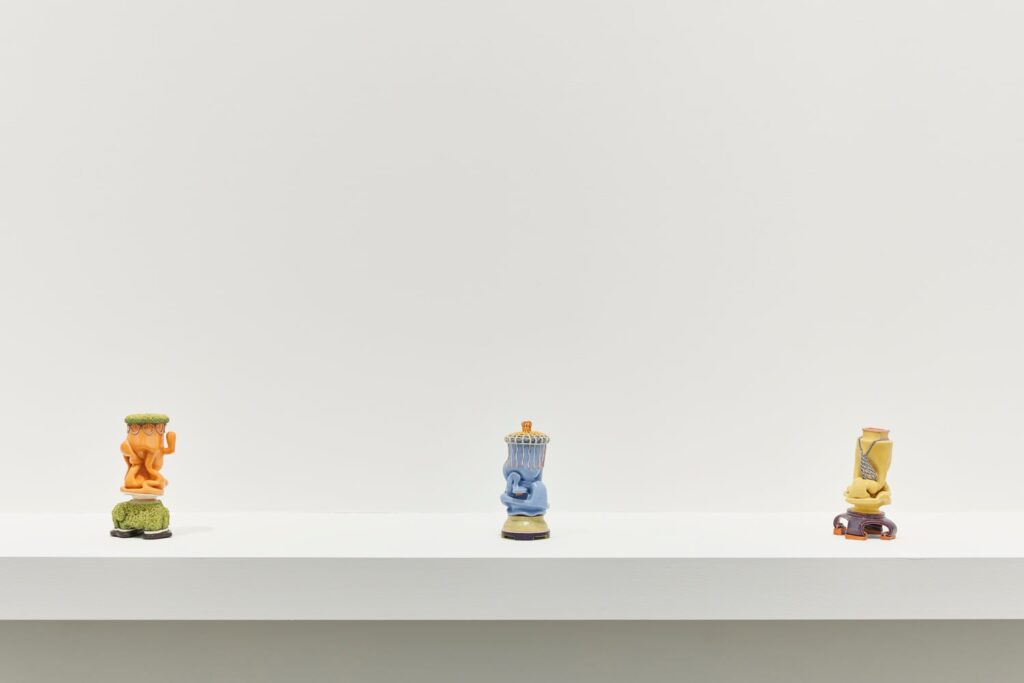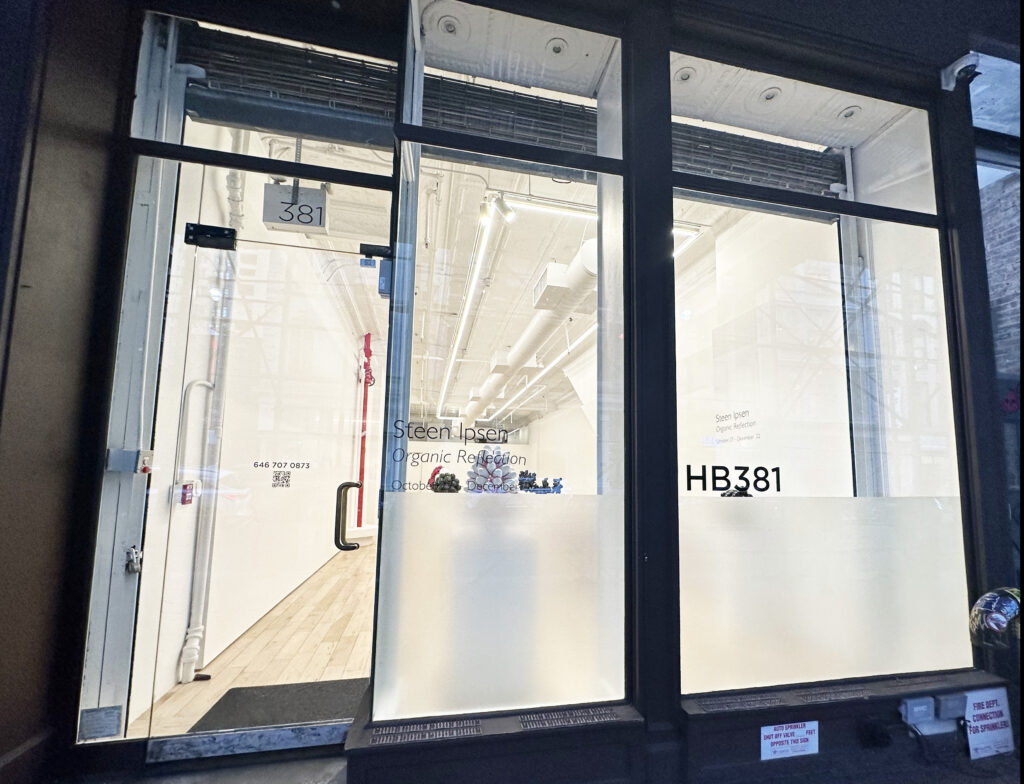Visions of Shigaraki, Japan
To see ceramic destinations in Shigaraki, Japan, and other sites worldwide, check out Ceramic World Destinations (CWD), MoCA/NY's interactive map listing over 4,000 destinations!
En Iwamura, a ceramic artist currently residing in Shigaraki, shares his experience working in the cultural
…
Ceramic Highlights at ADAA - The Art Show 2023
The 35th Annual Edition of the ADAA (Art Dealers Association of America) - The Art Show 2023 was held at the Park Avenue Armory, featuring 78 booths in the grand Gothic building. MoCA/NY sent a reporter to this year's fair
…
SHIGARAKI - Our Journey in Clay
Hitomi Shibata, a ceramic artist and author of the book Wild Clay, shares a personal essay about her time living, working, and making art in Shigaraki. This essay is part of our three-part feature on the cultural heritage site
…
GET TO KNOW: Shigaraki, Japan
MoCA/NY asked three Japanese ceramic artists and academics to collaborate on our feature exploring the traditions, culture, and history of the significant cultural heritage site Shigaraki in Japan. Stay tuned for Hitomi Shibata's personal essay about her time working and
…
Ceramics and AI: Tech Fusion with Adam Chau
MoCA/NY's President Judith Schwartz speaks with Adam Chau about his ongoing commitment to embracing innovative technologies into his studio practice. He creatively challenges technology and reimagines images that have satiric and subversive commentary using mechanical brush painting or 'fake' images
…
